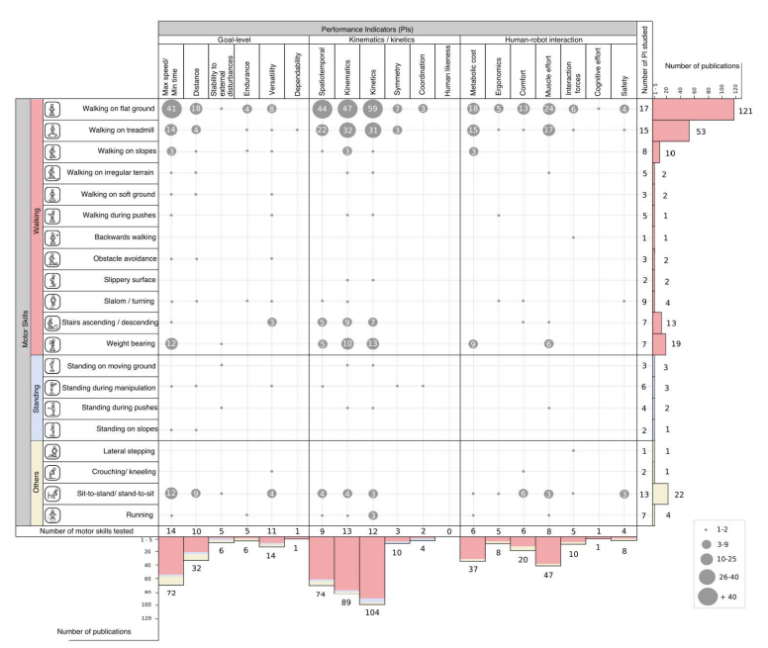Performance Evaluation of Lower Limb Exoskeletons: A Systematic Review
https://www.embs.org/tnsre/wp-content/uploads/sites/15/2020/07/9103122.png
776
655
Transactions on Neural Systems and Rehabilitation Engineering (TNSRE)
//www.embs.org/tnsre/wp-content/uploads/sites/15/2022/06/ieee-tnsre-logo2x.png
Benchmarks have long been used to verify and compare the readiness level of different technologies in many application domains. In the field of wearable robots, the lack of a recognized benchmarking methodology is one important impediment that may hamper the efficient translation of research prototypes into actual products.
read more

